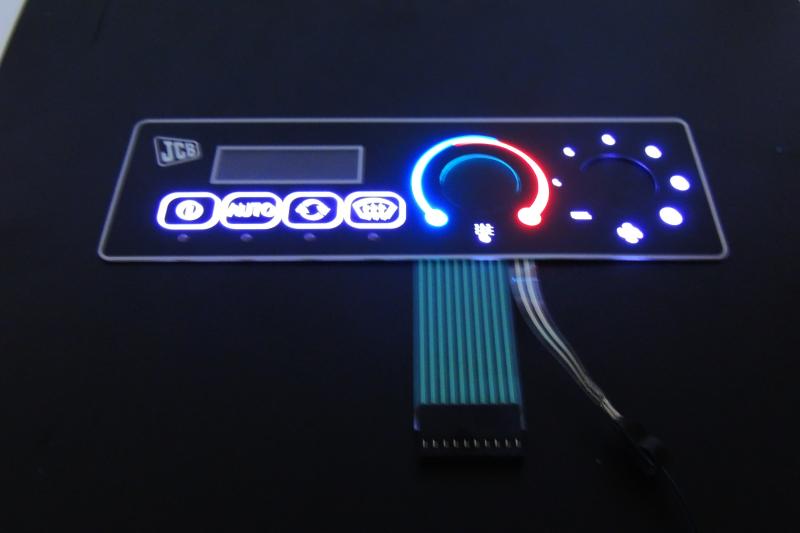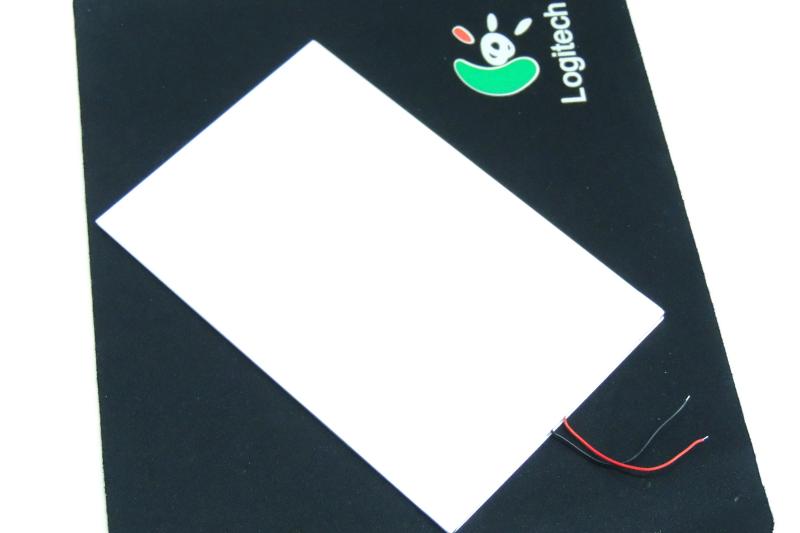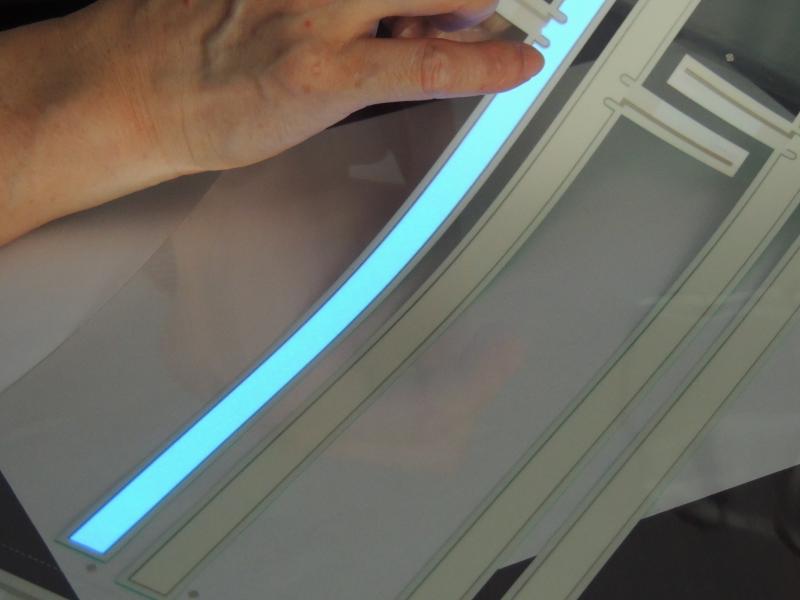Contact
Write to Us And We Would Be Happy to Advise You.
Do you have any questions, or would you like to speak directly with a representative?
By hqt
When it comes to backlighting for switches and buttons, elastomer rubber is a popular choice for its durability, flexibility, and cost-effectiveness. There are various options available for elastomer rubber backlighting, each with their own set of advantages and disadvantages. In this article, we will discuss the most common options for elastomer rubber switch backlighting and the benefits and drawbacks of each.



LED backlighting is one of the most popular options for elastomer rubber switch backlighting. LEDs are small, efficient, and offer a long lifespan, making them an ideal choice for switch backlighting. LEDs can be integrated into the switch itself or placed behind the switch and illuminated through the elastomer rubber. The main advantage of LED backlighting is its high level of brightness and energy efficiency, making it a great choice for applications where visibility is important.
However, there are some disadvantages to LED backlighting. One of the main drawbacks is that the initial cost of LED backlighting can be higher than other options, particularly if the switch requires custom integration. Additionally, LEDs can emit a noticeable amount of heat, which can cause issues for certain applications.
Fiber optic backlighting is another popular option for elastomer rubber switch backlighting. Fiber optic backlighting uses a light source and a series of optical fibers to transmit light to the switch. The main advantage of fiber optic backlighting is that it provides a high level of brightness and visibility, making it a great choice for applications where visibility is important. Additionally, fiber optic backlighting is highly flexible and can be shaped to fit any switch design, making it a versatile option.
However, there are some disadvantages to fiber optic backlighting. One of the main drawbacks is the initial cost, as fiber optic backlighting can be more expensive than other options. Additionally, fiber optic backlighting can be more difficult to install and maintain than other options, making it a less practical choice for some applications.
Electroluminescent backlighting is a less common option for elastomer rubber switch backlighting, but it offers a number of advantages. Electroluminescent backlighting uses a thin film that emits light when an electric current is applied. The main advantage of electroluminescent backlighting is its low power consumption, making it an energy-efficient choice for applications where battery life is important. Additionally, electroluminescent backlighting is highly flexible and can be shaped to fit any switch design, making it a versatile option.
However, there are some disadvantages to electroluminescent backlighting. One of the main drawbacks is that it is not as bright as other options, making it less suitable for applications where visibility is important. Additionally, electroluminescent backlighting can be more expensive than other options, particularly if custom integration is required.
When choosing a backlighting option for elastomer rubber switches, there are several factors to consider, including cost, visibility, and energy efficiency. LED backlighting is a popular choice for its brightness and energy efficiency, while fiber optic backlighting is a good choice for its high level of brightness and versatility. Electroluminescent backlighting is a less common option, but it offers low power consumption and versatility. Ultimately, the best option will depend on the specific needs of the application and the trade-offs between cost, visibility, and energy efficiency.
Do you have any questions, or would you like to speak directly with a representative?